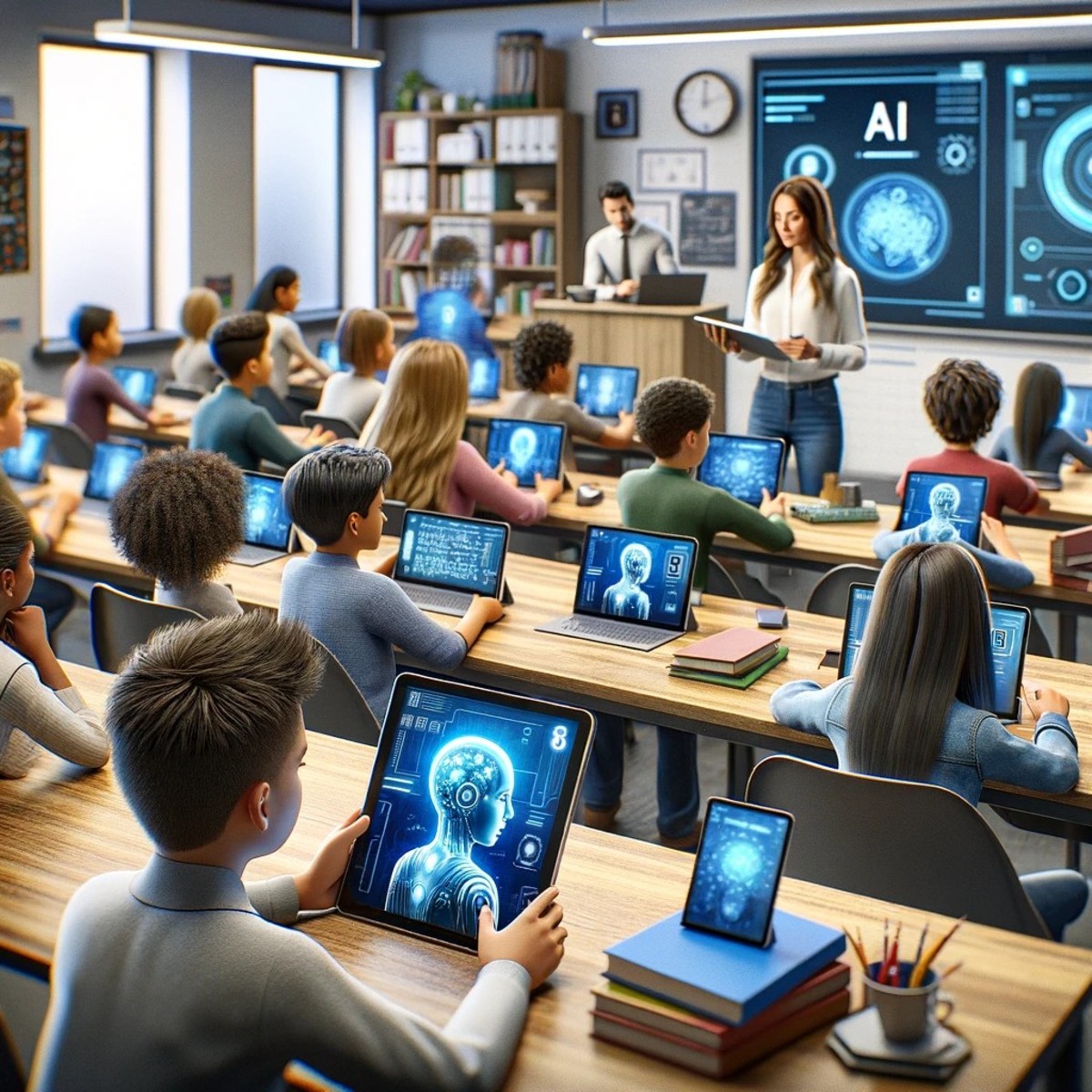
.* AI’s Revolutionary Impact: Shaping the Future of Education.* AI’s Revolutionary Impact: Shaping the Future of Education Artificial intelligence (AI) is transforming the landscape of education, revolutionizing the way students learn and teachers teach. With its unparalleled capabilities, AI is poised to reshape the future of education, unlocking new possibilities and empowering educators to create more personalized, engaging, and effective learning experiences. Personalized Learning Pathways AI-powered learning platforms leverage data to tailor educational content and experiences to each student’s unique needs, strengths, and learning styles. These platforms track student progress, identify areas for improvement, and recommend tailored lessons and assignments. By providing individualized learning pathways, AI empowers students to progress at their own pace, explore their interests, and overcome learning barriers. Adaptive Assessments and Feedback AI-assisted assessments can provide real-time feedback, enabling students to identify areas for improvement and adjust their learning strategies accordingly. These assessments are designed to adapt to student responses, providing targeted feedback that addresses specific learning gaps. This ongoing assessment supports students in developing a deep understanding of concepts and fosters a growth mindset. Virtual and Augmented Reality AI-enhanced virtual and augmented reality (VR/AR) technologies immerse students in interactive and engaging learning environments. VR allows students to explore historical events, distant cultures, and complex scientific simulations. AR overlays digital information onto the real world, enhancing textbooks with interactive content and providing hands-on experiences. These technologies foster curiosity, promote critical thinking, and make learning more immersive and memorable. Skill Assessment and Career Guidance AI-powered skill assessment tools analyze student performance and provide insights into their strengths and weaknesses. These tools help students identify potential career paths, develop personalized learning plans, and gain a competitive edge in the job market. By providing data-driven guidance, AI empowers students to make informed decisions about their future and pursue careers that align with their abilities. Teacher Empowerment AI is not just a tool for students; it also has the potential to empower teachers and enhance their effectiveness. AI-assisted grading and feedback systems reduce grading time and allow teachers to focus on providing more personalized support to individual students. AI can also analyze student data to identify struggling students and provide early intervention. By automating tasks and amplifying human capabilities, AI enables teachers to prioritize what they do best: inspiring and nurturing students. Challenges and Opportunities While the potential of AI in education is immense, there are also challenges to consider. Concerns about equity, privacy, and the potential for bias must be addressed to ensure that AI benefits all students. Additionally, educators need comprehensive training to effectively integrate AI into their teaching practices. Overcoming these challenges requires collaboration between educators, policymakers, and technology companies. By working together, we can harness the transformative power of AI to create a future of education where every student has the opportunity to reach their full potential. Conclusion The integration of AI into education is a watershed moment that will reshape the learning landscape for generations to come. By providing personalized learning pathways, adaptive assessments, immersive VR/AR experiences, skill assessment, and teacher empowerment, AI has the potential to revolutionize the way we approach education, making it more accessible, engaging, and effective for all. As we embrace the transformative power of AI, let us work together to ensure that this technology is used responsibly and equitably, unlocking new possibilities for education and empowering learners to thrive in the 21st century.
Posted inNews